Special Report
The Art of Saying Hello: Traditional Greetings in 40 Countries
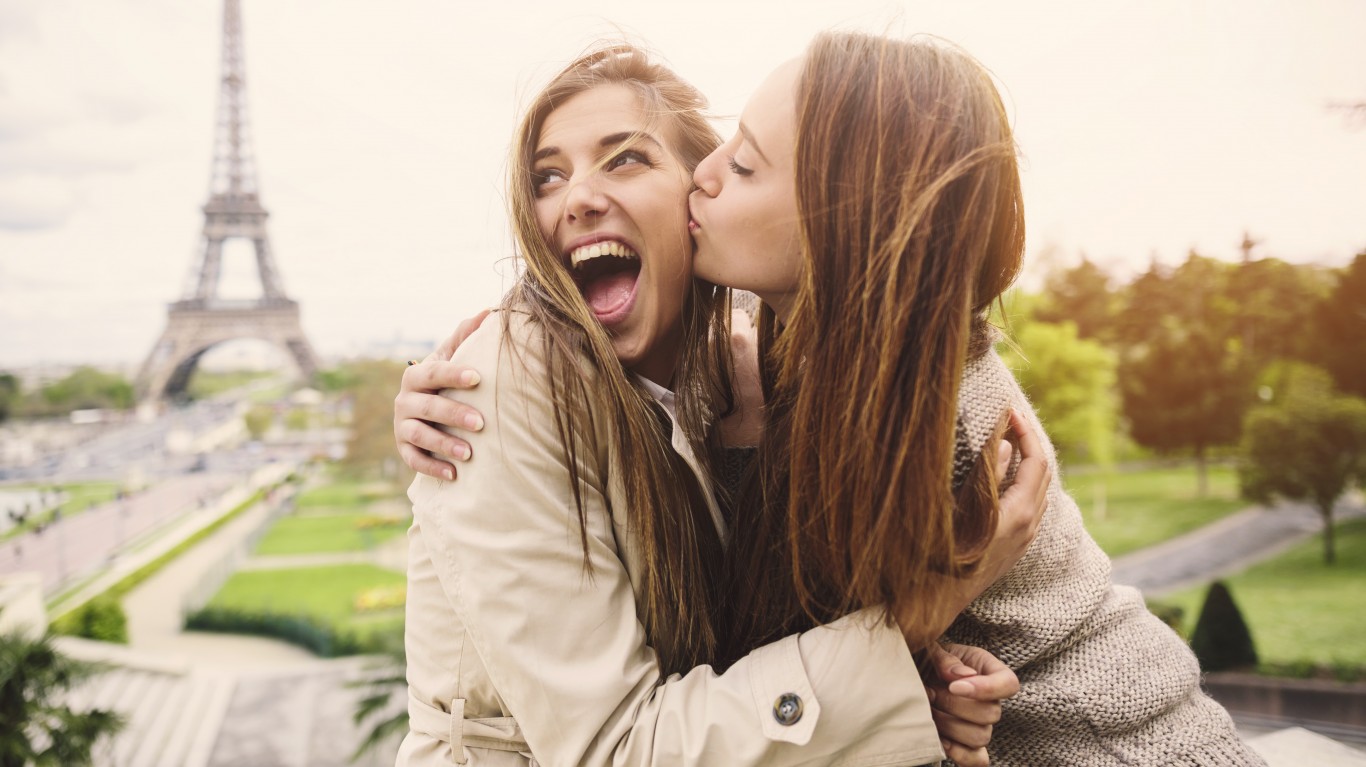
Published:
Last Updated:

What do you do when you see close friends, acquaintances and colleagues, or when you meet complete strangers for business meetings? You greet them. It’s just an instinct. How you greet people, however, is where things can get complicated, and even confusing.
Nowadays a handshake is acceptable for almost all occasions, but traditional greetings, some of which are rarely practiced anymore, vary from country to country, region to region, and tribe to tribe.
Culture, history, rumors, superstition – they all play a role in how customs such as sticking your tongue out when you meet a stranger or rubbing noses originate. But what they all have in common is the intention; none are meant to be offensive and most are actually meant to show respect.
In some ways greeting with a gesture is easier than trying to pronounce a word you don’t know and risking getting it completely wrong. An unsuspecting traveler may even end up offending a person by, for example, not asking about family and health while still holding hands. Also, nobody knows how many languages are spoken in the world because they constantly evolve. A gesture is a more straightforward way of saying hello or goodbye.
24/7 Tempo looked into how people around the world do to say hello. The following list includes traditional and formal greetings, as well as gestures acceptable among close friends and family that go beyond the standard handshake, kiss on the cheek or wave.
Click here to read about how 40 countries around the world say hello

1. Tibet: Sticking Tongues Out
Some Tibetans greet each other by sticking out their tongues. You will not see many people still practicing this old tradition, dating back to the 9th century. Lang Darma, the Tibetan king at the time, was thought to have had a black tongue, which people took as a sign of evil. So they started sticking their tongues out to prove they were not. This was usually followed by putting their hands on their chest.
[in-text-ad]
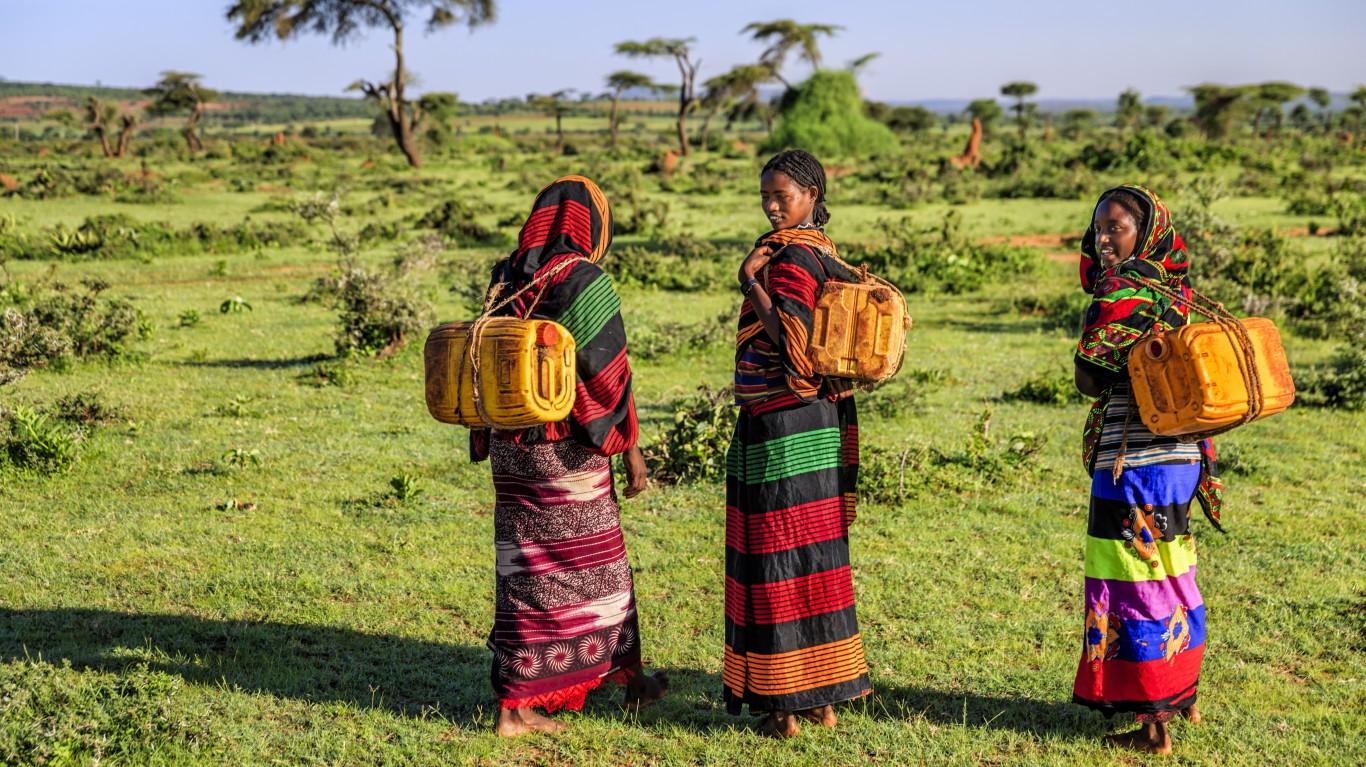
2. Ethiopia: Taking Your Time
Handshakes and eye contact are usually how people greet in Ethiopia. What is somewhat unusual is the length of the handshakes. Asking questions about family, school and overall health is very important. People who are close friends, relatives, or have known each other for a long time may kiss three times while shaking hands.
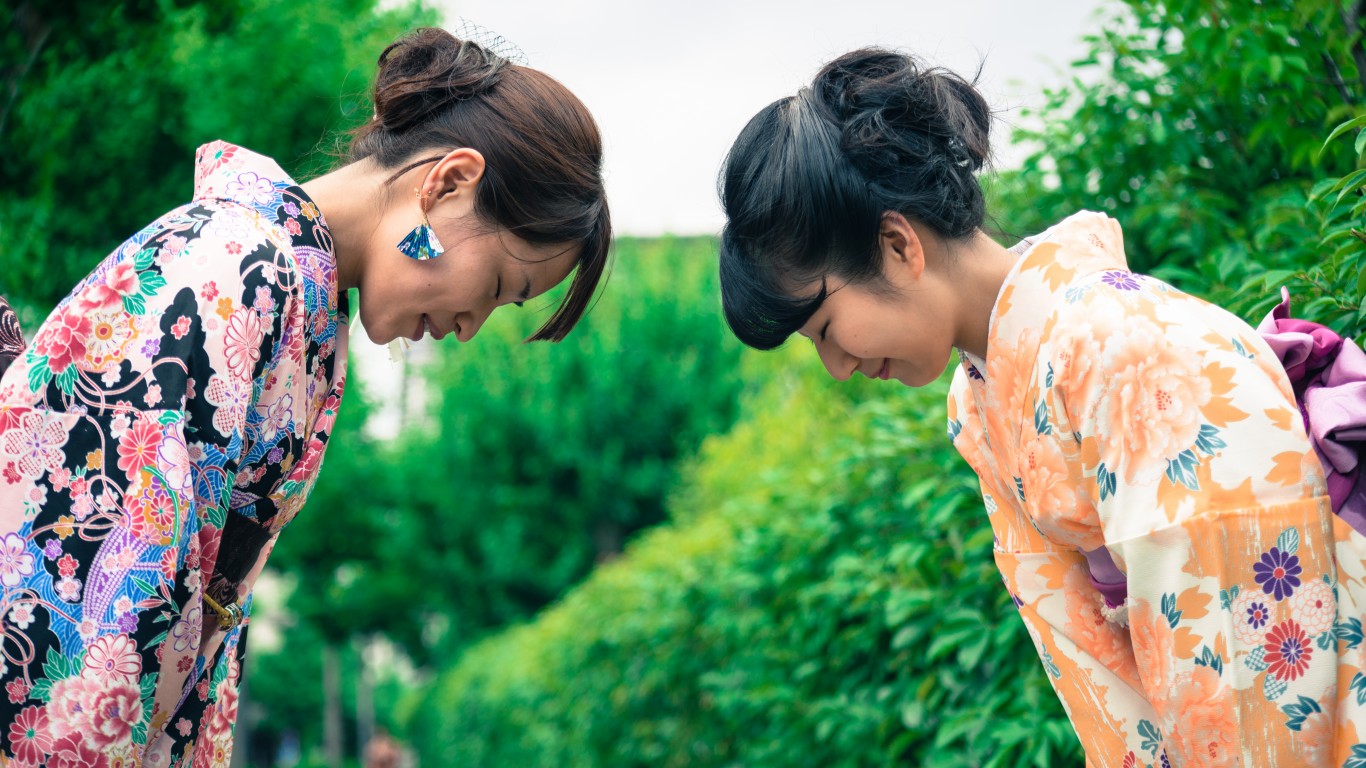
3. Japan: Bowing
Japanese people greet each other by bowing (which is also used as a thank you and goodbye). The gesture can range from just a nod, which is a casual greeting, to bending at the waist, which is a sign of respect. If the people happen to be on a traditional tatami mat floor, they get on their knees to bow. Shaking hands is not standard.

4. Philippines: Mano
Greetings depends on the relationship of the people and their age difference. A handshake and a hug and kiss between close female friends is standard. The greeting toward elderly people is special and it’s called mano. The younger person will bow and press his or her forehead on the hand extended by the older person. The younger person may even say “mano po,”asking permission to perform the gesture. It technically means asking to be blessed by the older person.
[in-text-ad-2]
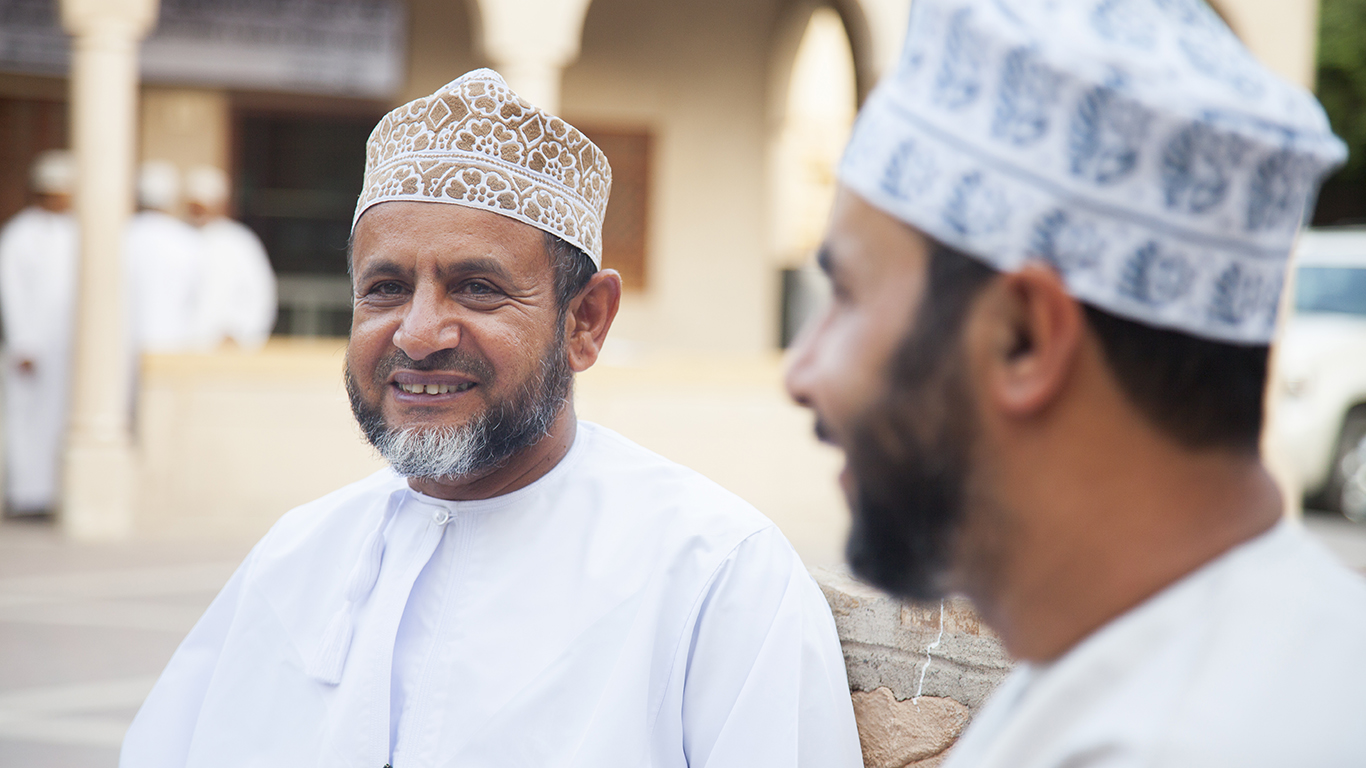
5. Oman: Handshake and a Kiss on the Cheek
People are supposed to shake hands with the oldest person in the room first, calling them by their title. Shaking hands with every person individually, regardless of how many are there, is customary. (Muslim men may refuse to shake women’s hands.) Omanis also exchange a kiss on the cheek, even though this is less common nowadays.
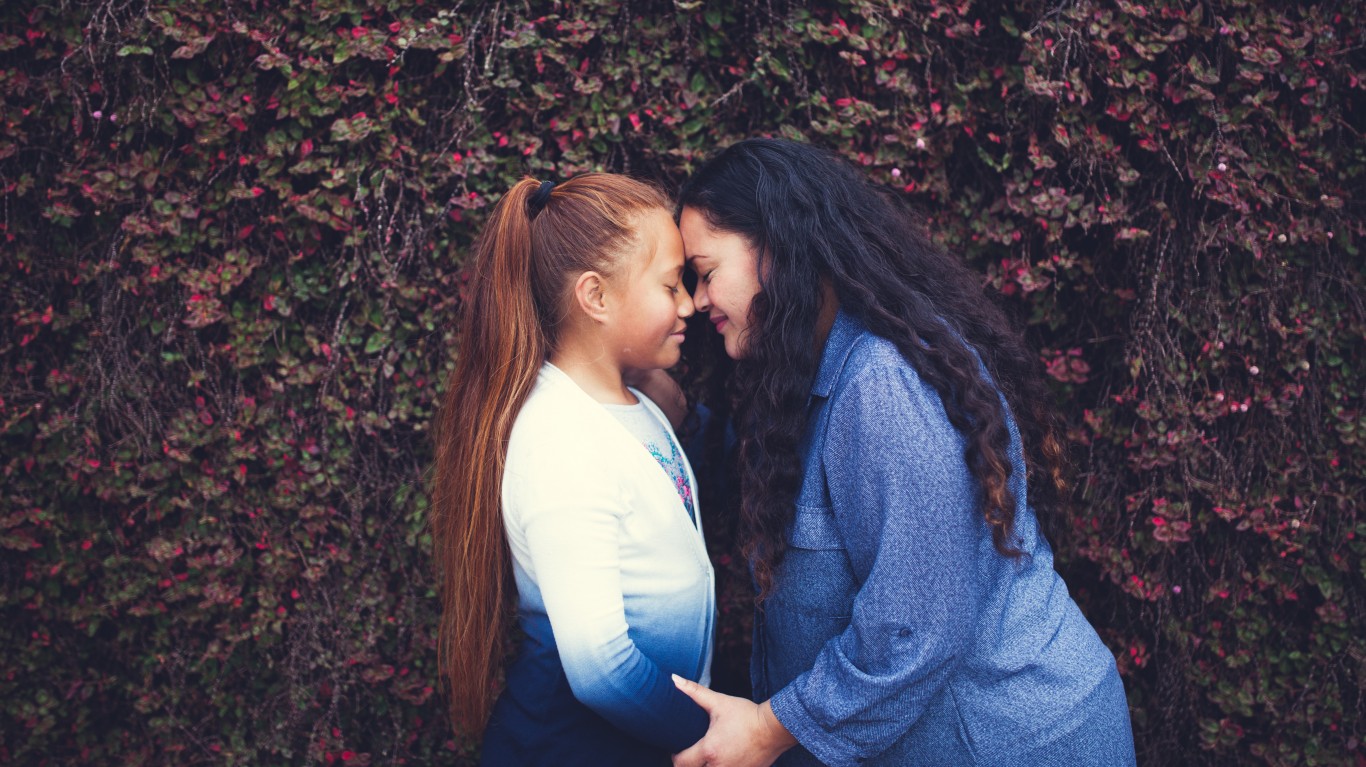
6. New Zealand: Hongi
Shaking hands and pressing noses for a brief moment is a traditional greeting called hongi. It was made famous in 2014 when Prince William and Kate Middleton visited New Zealand and were photographed receiving hongi from officials. Hongi is mostly used in formal Māori situations.
[in-text-ad]

7. Malaysia: Right Hand on the Heart
Formal greetings are more complicated than a simple handshake. A person extends both hands to the right hand of whomever they are greeting. He or she then bows and puts their own right hand on their heart to express respect. The oldest person in the room should be greeted first. Malaysian women should only be greeted if they extend their hand first.

8. Greenland: Kunik
Rubbing noses together, also known as kunik or an Eskimo kiss, is a traditional form of expression and affection among the Inuit. It is not appropriate for formal occasions — in that situation a handshake is — or as a greeting between people who don’t know each other well.
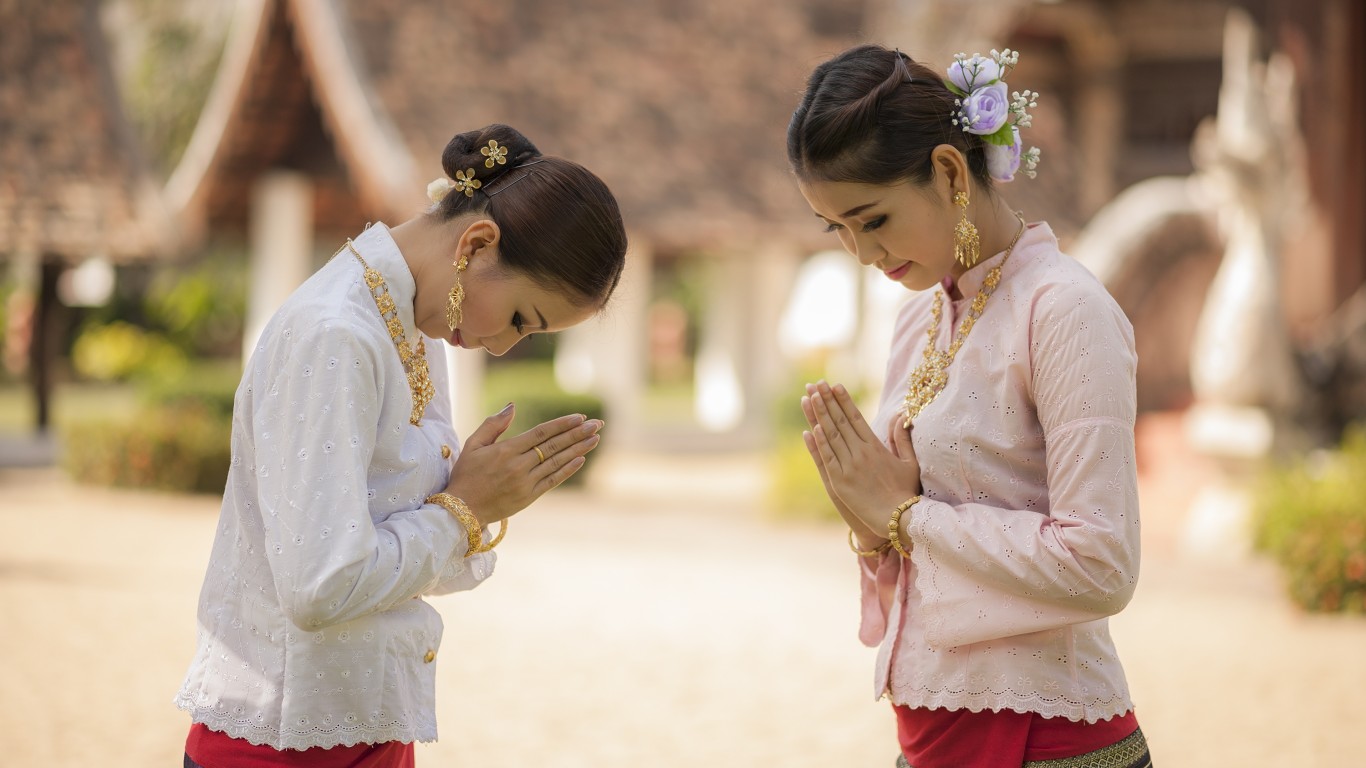
9. Thailand: Wai
Wai is a prayer-like gesture. People put their hands together, raising them to a level just above the chest – the higher the level the more respect it shows — and bowing. Younger people are expected to initiate Wai first. Wai is also used to express gratitude, especially when people get gifts from the elderly.
[in-text-ad-2]

10. Kenya: Supporting Right Forearm With Left Hand
The way people welcome each other varies by ethnic group in Kenya. A handshake is acceptable in every one of them. People are expected to shake hands with every single person in the room. Holding an older person’s forearm with one’s left hand during the handshake is a sign of respect and is expected.
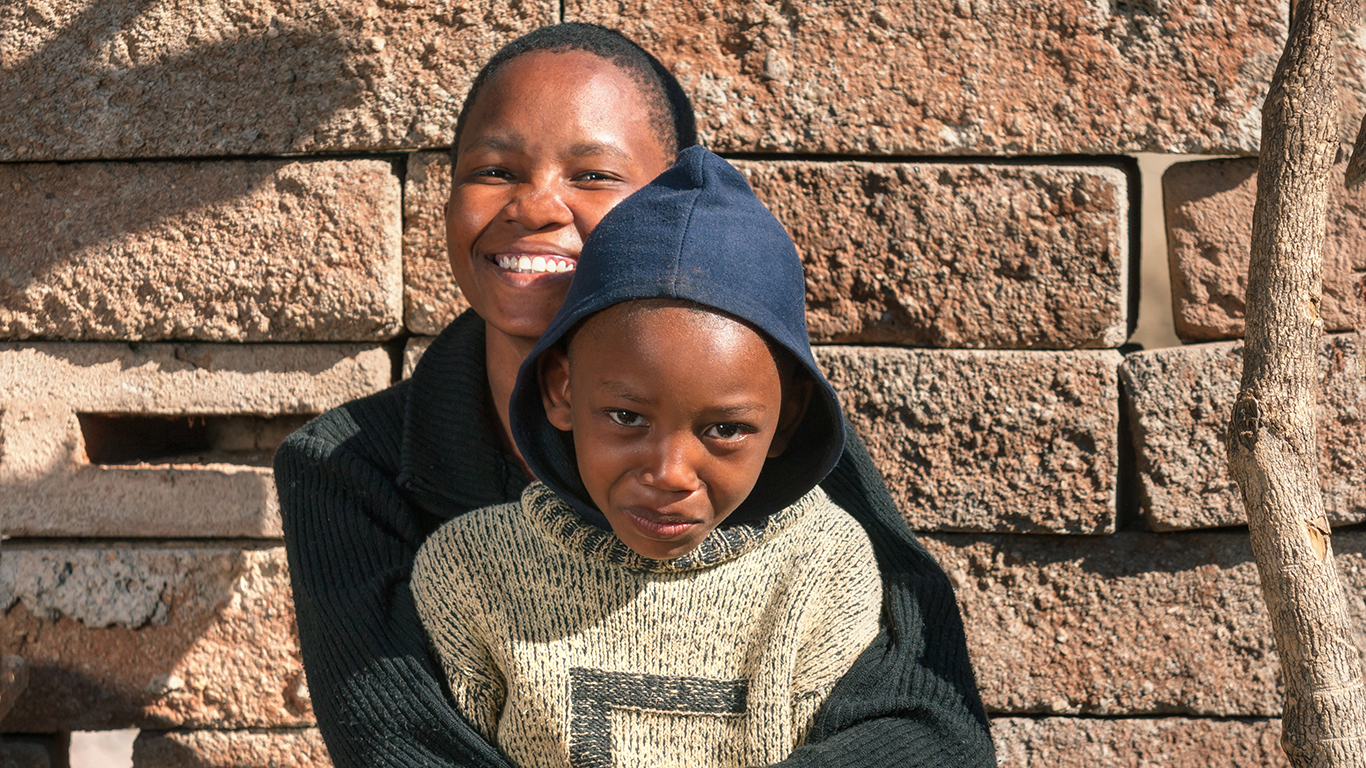
11. Botswana: Handshake With Locking Thumbs
Handshake is the way to say hello to a person in Botswana, but it’s more complicated than you think. The thumbs of the people shaking hands are supposed to interlock, while they hold their right elbows with their left hands.
[in-text-ad]
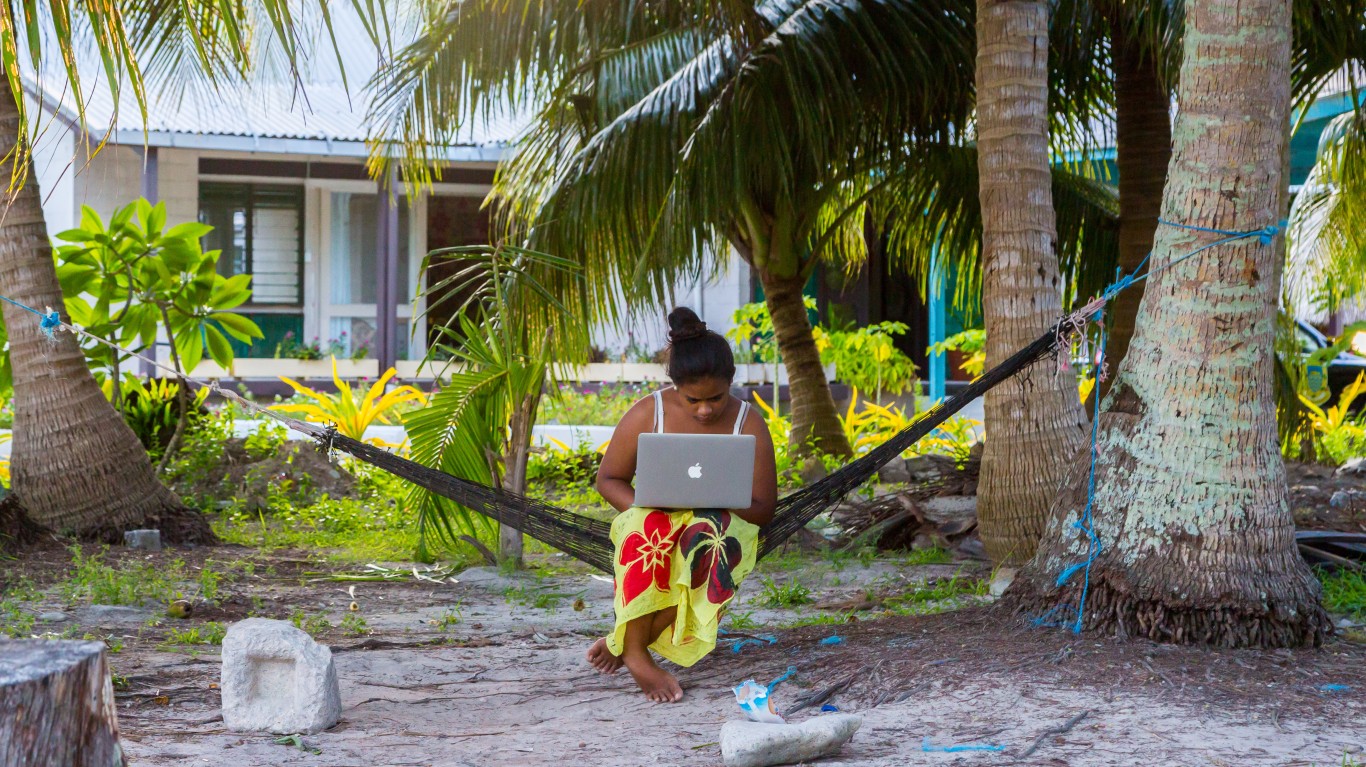
12. Polynesia: Honi
The Honi greeting involves two people pressing their noses while inhaling at the same time. It symbolizes the exchange of ha (the breath of life) and mana (spiritual power). Honi is used at traditional meetings among Māori people and in major ceremonies.

13. China: Kowtow
The greeting of kneeling and touching the forehead to the ground as a sign of worship and respect was mostly used by locals who went to the district magistrate with a request. Kowtow hasn’t been used in official ceremonies for over a century, but some people in rural areas still practice it.
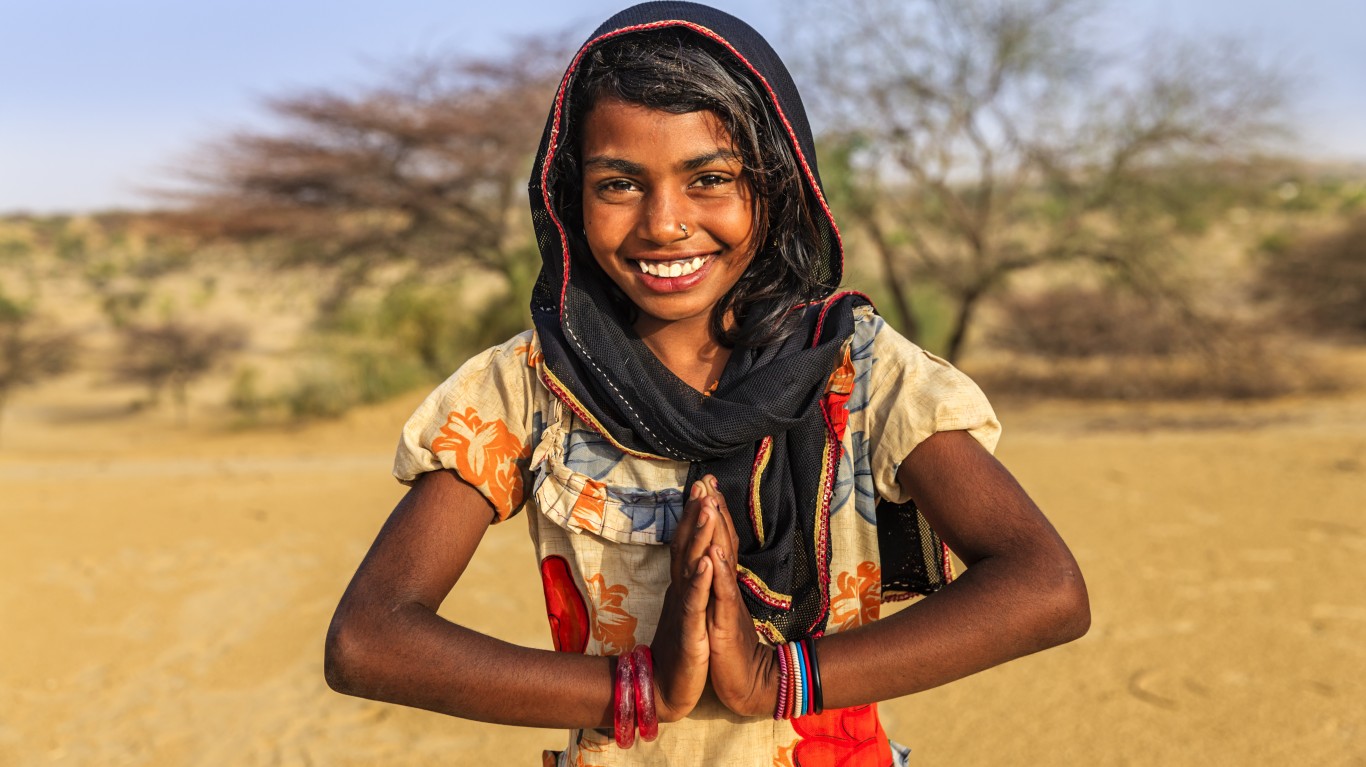
14. India: Namaste and Pranama
Most people associate the word with its spiritual meaning. But namaste, placing both hands together, fingers pointing upward,and bowing, is a form of respectful greeting practiced in India. It is used for both hello and goodbye. The person being greeted is not the one saying “namaste.”
Pranama is how you show respect to the elderly — you touch their feet. Most Hindu families practice this gesture. The belief is that when you bow down, your ego disappears because you respect the experience and wisdom of the person whose feet you’re touching. He or she, it is thought, blesses you with his or her feet.
[in-text-ad-2]
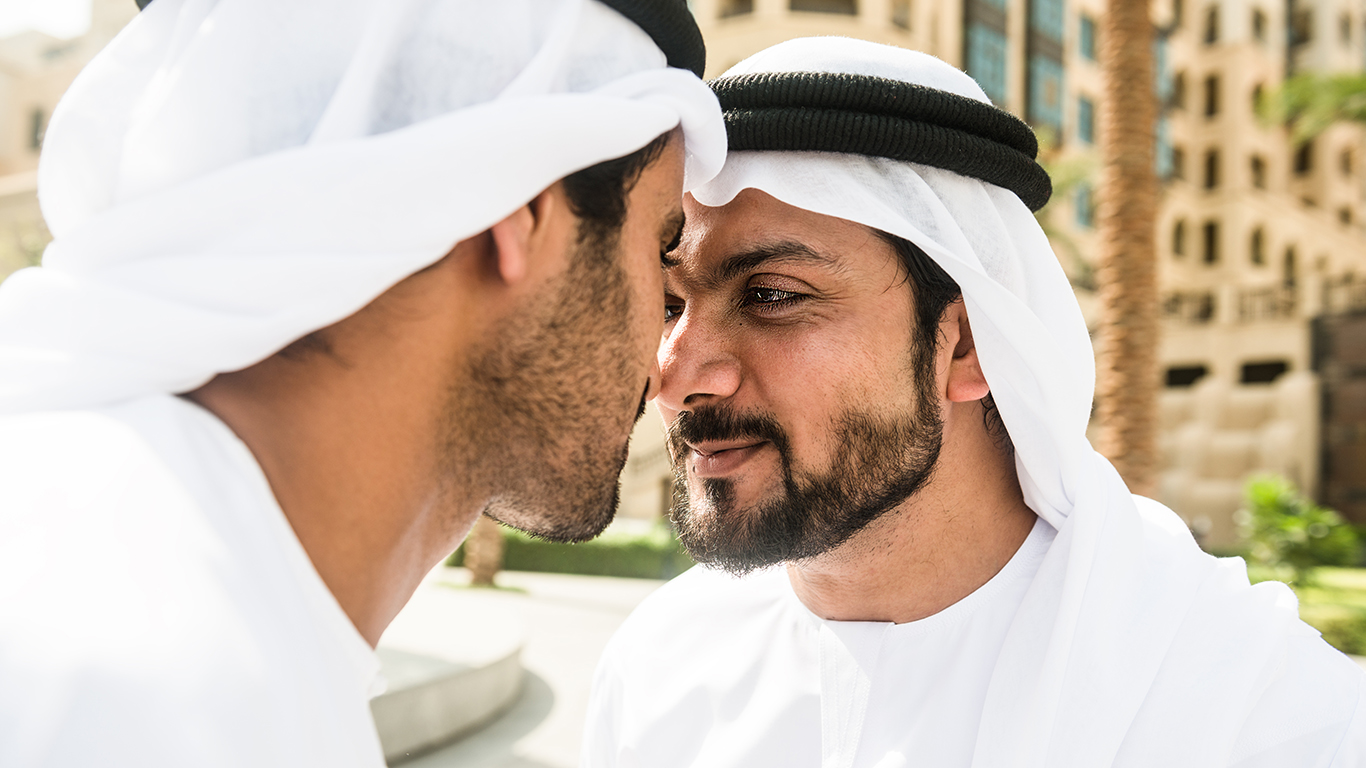
15. Kuwait: Nose Kiss
First nose, nose kiss…the gesture has several nicknames, although the word “kiss” is inappropriate because nothing intimate is meant by it. This is the greeting style popular in New Zealand, but it’s also used in parts of the Gulf countries and Yemen.
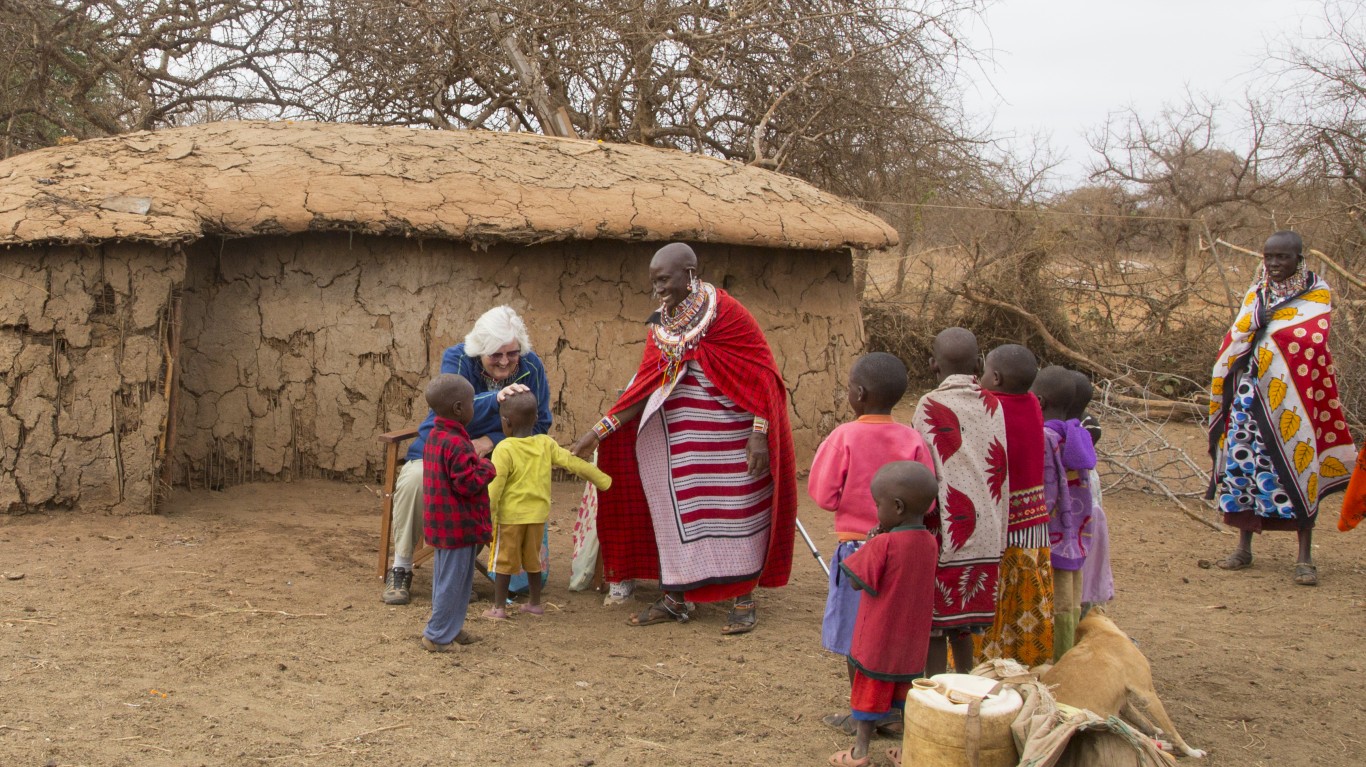
16. Kenya and Tanzania: Spitting Before Shaking Hands
Spitting before shaking hands is a part of a greeting among the Maasai, one of the world’s last great warrior tribes. They spit at each other before shaking hands as a sign of blessing. It’s supposed to be a good luck charm for health and long life.
[in-text-ad]

17. Germany
Germans say hello by shaking hands, but how you do it is like art – tricky. The force with which you take and squeeze the other person’s hand may determine what he or she thinks of you for a long time. Shake hands too softly and you are considered weak and shy. Shaking hands too hard will make other people wonder what you’re overcompensating for.

18. Zimbabwe: Clapping
Greet the oldest person in the room first, then the others in descending order. The traditional greeting is a handshake with two claps afterwards. Men clap with their fingertips and palms, and women with hands at an angle. Women may kneel at the same time as a sign of respect. Men may even go down on one knee.
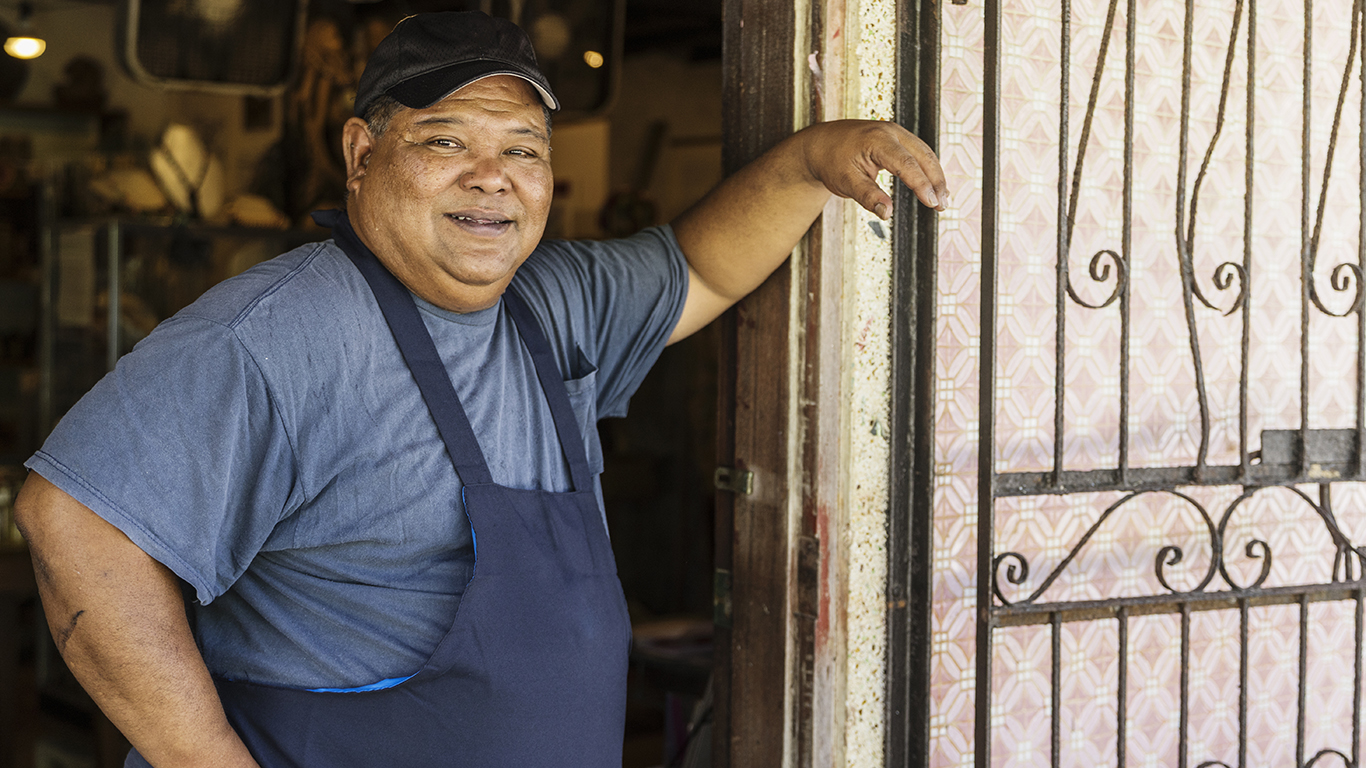
19. Micronesia: Raising Eyebrows
Maybe this is where Dwayne “The Rock” Johnson got the idea. In Micronesia, raising the eyebrows is a just a simple way of saying hi and acknowledging the other person’s presence.
[in-text-ad-2]

20. United States: Fist Bumping
This is a gesture that people use in greeting or celebration. It’s mostly associated with sport events, but its frequent use by former President Barack Obama has made it the new high five, some might argue. Historians can’t decide where it originated (it could be from boxing), but no one can argue its popularity.
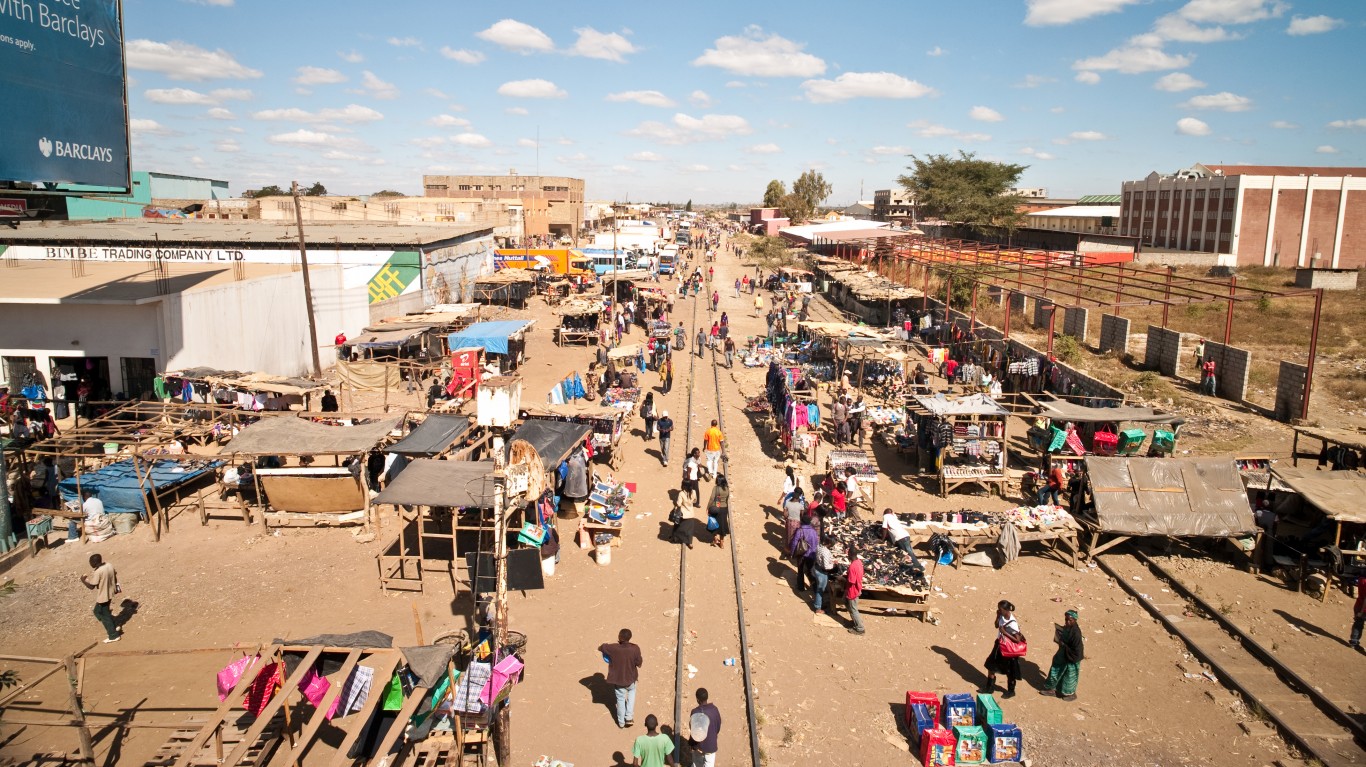
21. Zambia: Squeezing Thumbs
Most people in Zambia use a handshake to say hello — using the left hand to support the right. This is a sign of respect. But some people in the Luapula, Western, and Northwestern areas add a little more — clapping hands and squeezing thumbs.
[in-text-ad]
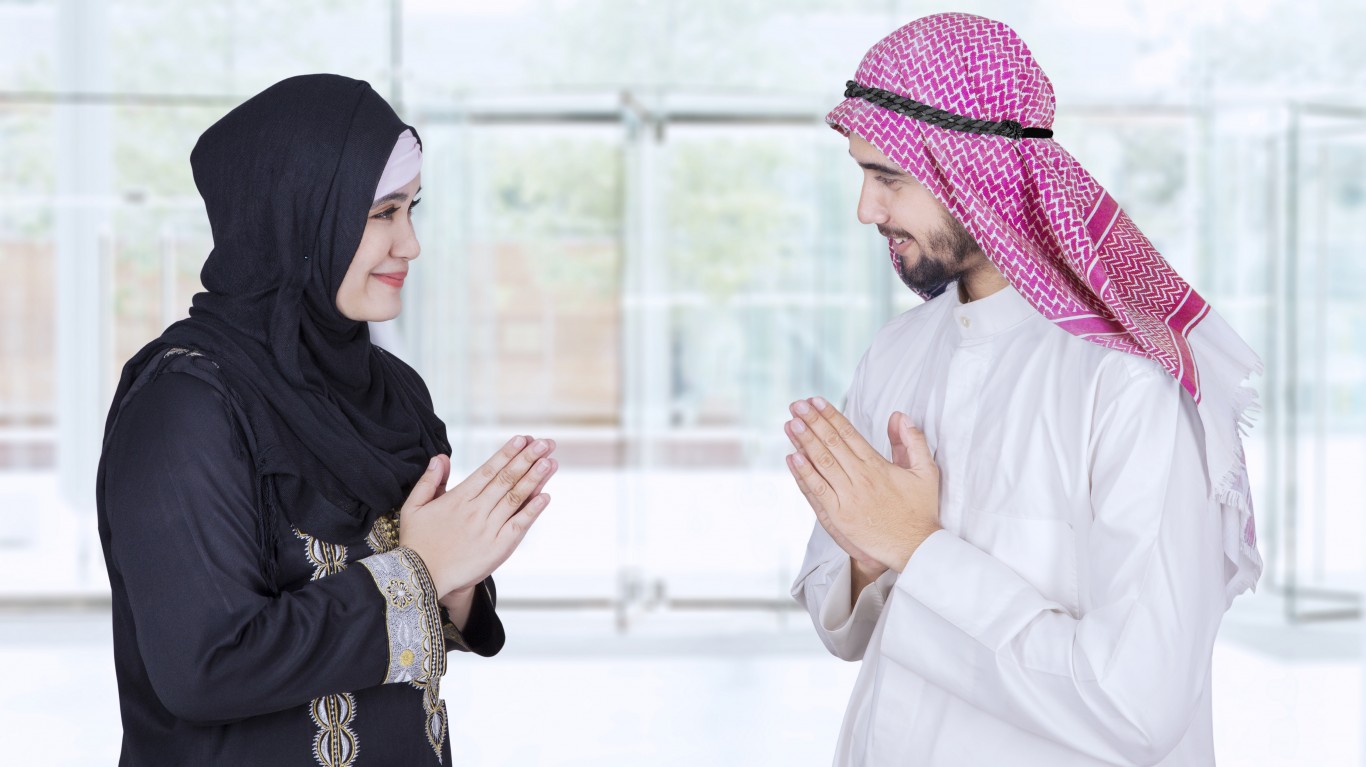
22. Arabic countries: Salaam Gesture
This is a common greeting in many Arabic-speaking and Muslim countries. It is also a gesture of respect. The salutation involves a low bow of the head and body with the fingers touching the forehead. It dates back to the 17th century.
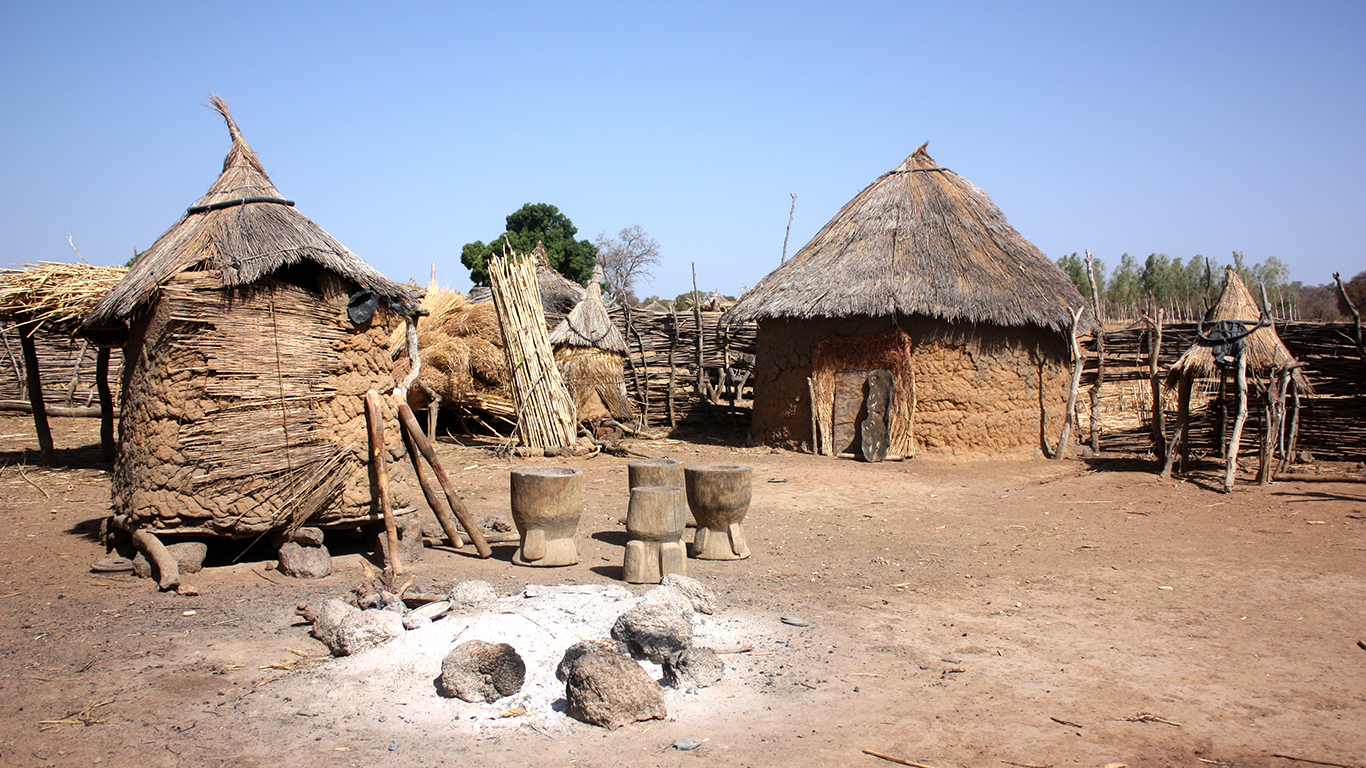
23. Niger: Shaking Fists
The Kanouri people, an ethnic group in Niger, a landlocked country in western Africa, shake a fist at head level and call “Wooshay! Wooshay!” which means “Hello! Hello!”
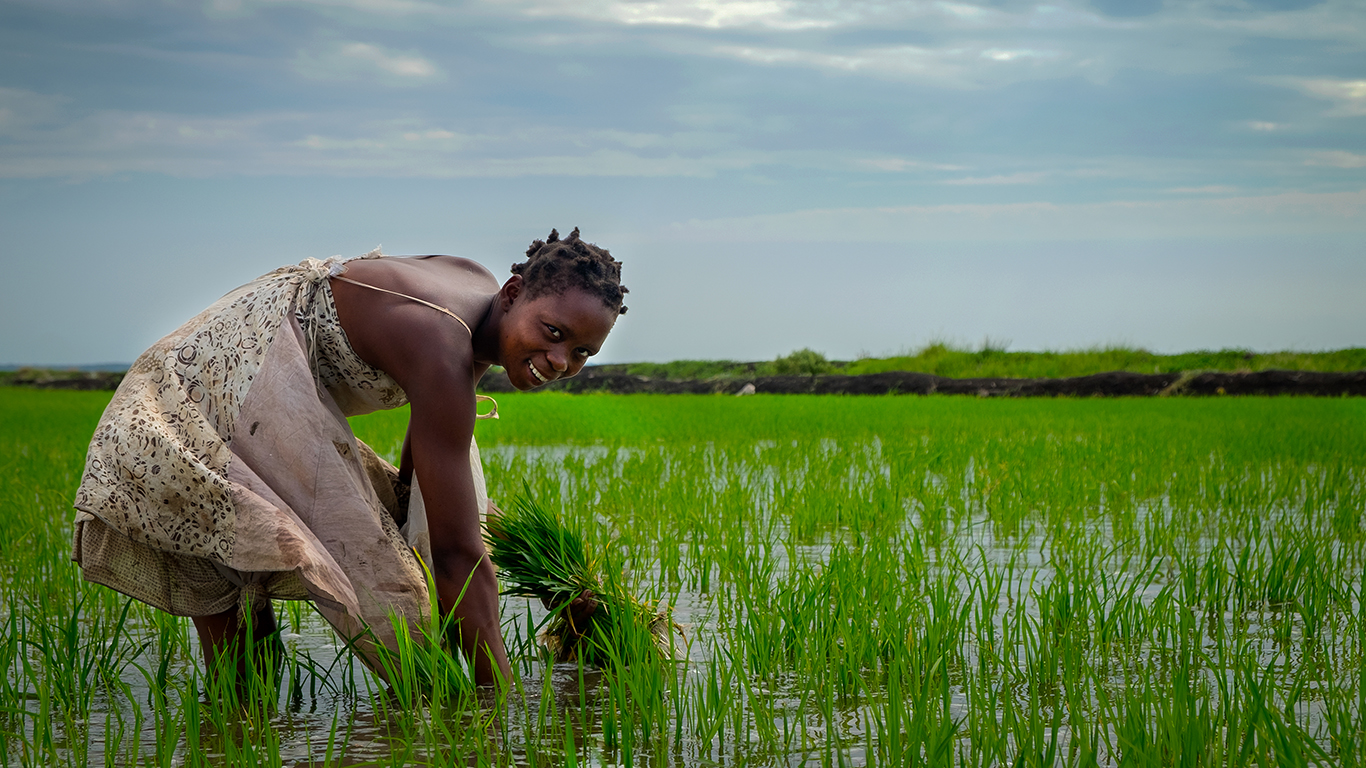
24. Mozambique: Clapping Three Times
A round of applause before greetings? People in northern Mozambique clap hands three times before saying hello. In neighboring Zimbabwe, however, the clapping comes after the handshake.
[in-text-ad-2]

25. Benin: Snapping Fingers
Young men in this French-speaking West African country, especially those who have known each other a long time, snap their fingers when shaking hands. Finger snapping along with a handshake is also popular in nearby Liberia.

26. Cambodia: Praying Hands
In Cambodia, especially during formal occasions, people press their hands together as if they were praying, holding them at chest level, and bowing slightly. The higher the hands, the more respect is shown. This is the traditional way to say hello and goodbye.
[in-text-ad]
27. Central African Republic: Slapping Hands and Grabbing Fingers
Slapping hands, grabbing each other’s middle fingers using a thumb and middle finger, and snapping the other person’s finger is a way for friends to say hello. A simple handshake is appropriate for all other occasions.
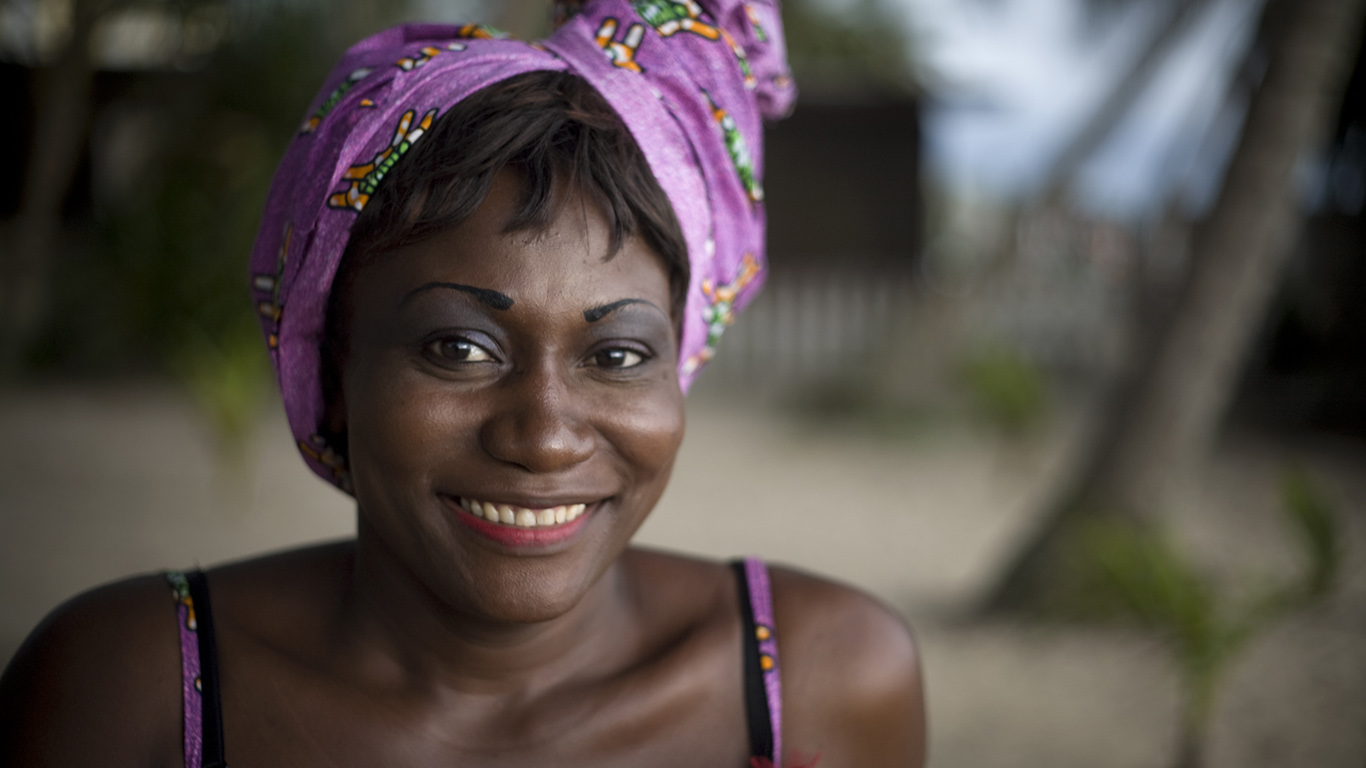
28. Gabon: Shaking One’s Head with Both Hands
Respect is shown in Gabon, a country along the Atlantic coast of central Africa, by shaking a person’s hand with both hands. Most people do a quick handshake, including on social occasions. Close friends may greet each other with up to four kisses.

30. Greece: Back-Slapping
A gentle back slap, including women and children, while shaking hands is very common in Greece, but mostly among friends. They may even add a hug and a kiss on the cheek. The rest of the time a handshake will do.
[in-text-ad-2]

31. Singapore: Palms on Chest
In Singapore, an island city-state next to Malaysia, people say hello by sliding their palms together, moving them toward their chests, and then putting one hand over the heart. Greetings vary by ethnic group, but a handshake is acceptable in all.

32. South Africa: Interlocking Pinkies
Some people in South Africa use a somewhat more complex handshake to say hello. They interlock pinkies, then clasp fists, then go back to the pinkies.
[in-text-ad]
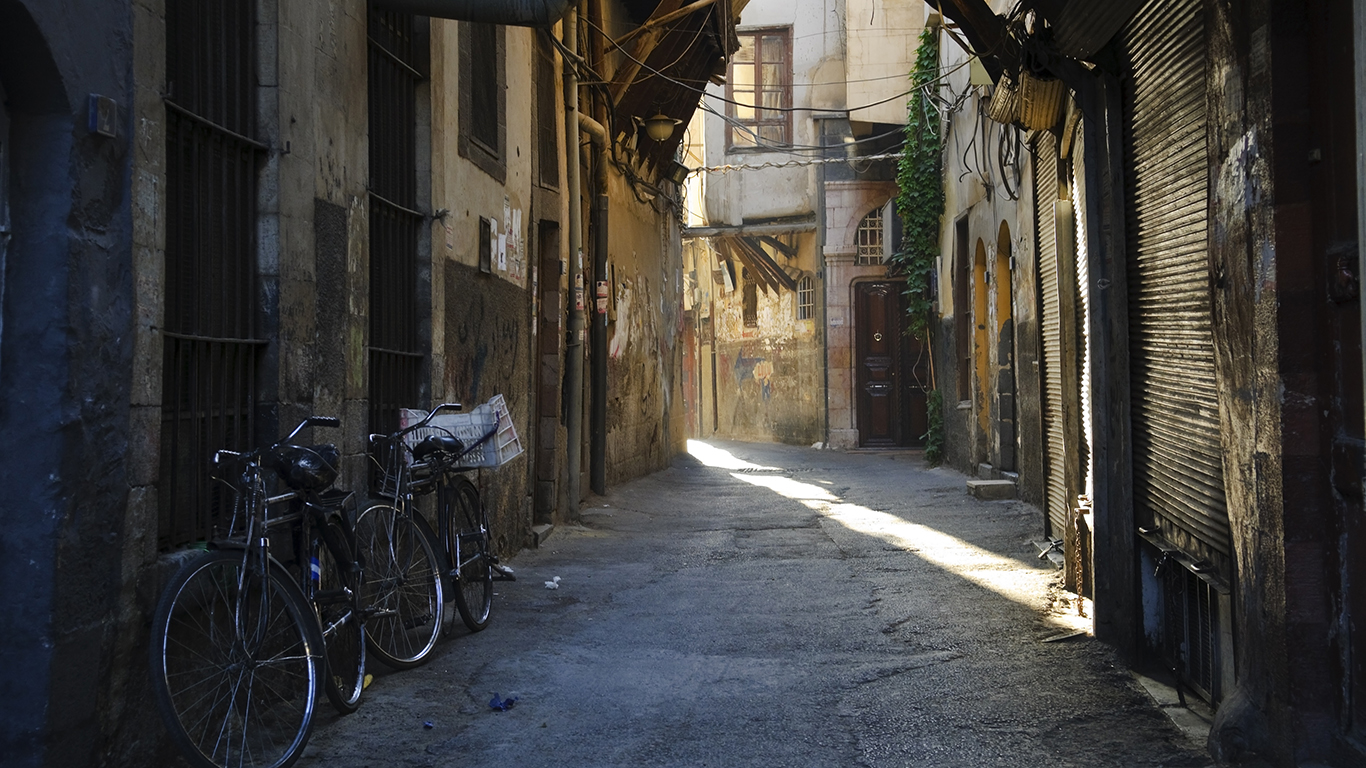
33. Syria: Kissing the Back of the Hand
Children often kiss the back of their parents’ or grandparents’ hands. A casual hello between people of the same sex is usually expressed with a hug, or two kisses on each cheek between males.

34. Tuvalu: Pressing Face to Cheek and Sniffing
Relatives press their face to the cheek of the other person and sniff deeply. Of course, you don’t have to actually do this, you can pretend.
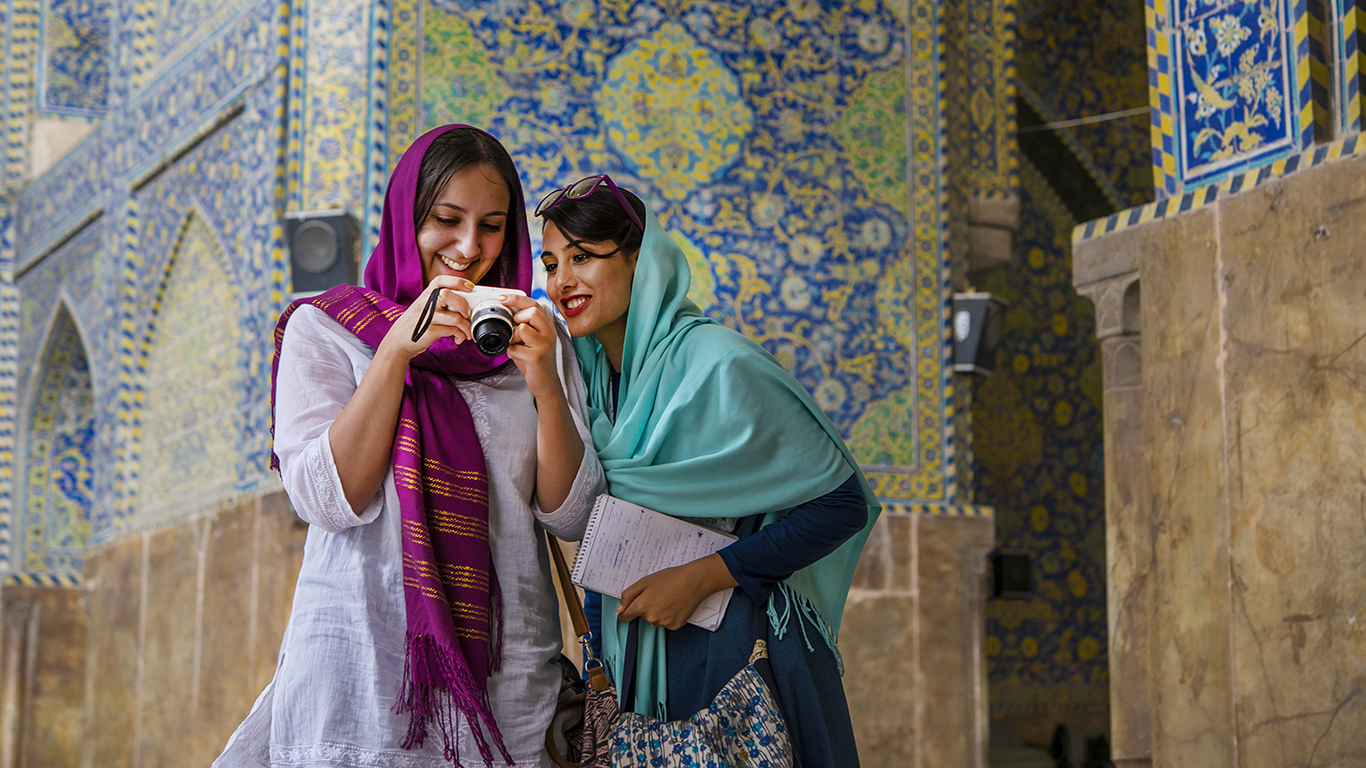
35. Iran: Hug and Three Kisses
When people meet someone new, it is appropriate to gaze downward as a sign of respect. Eye contact is seen as a sign of affection and intimacy. Relatives usually greet each other with a hug and three kisses.
[in-text-ad-2]

36. Spain: Shake Hands for Goodbye too
People in Spain are supposed to always greet the oldest person in the room first with a handshake. This is a simple sign of respect. They also have to shake everyone’s hand, including children’s, when they leave. Hugs and kisses on the cheek are common both between men and women.
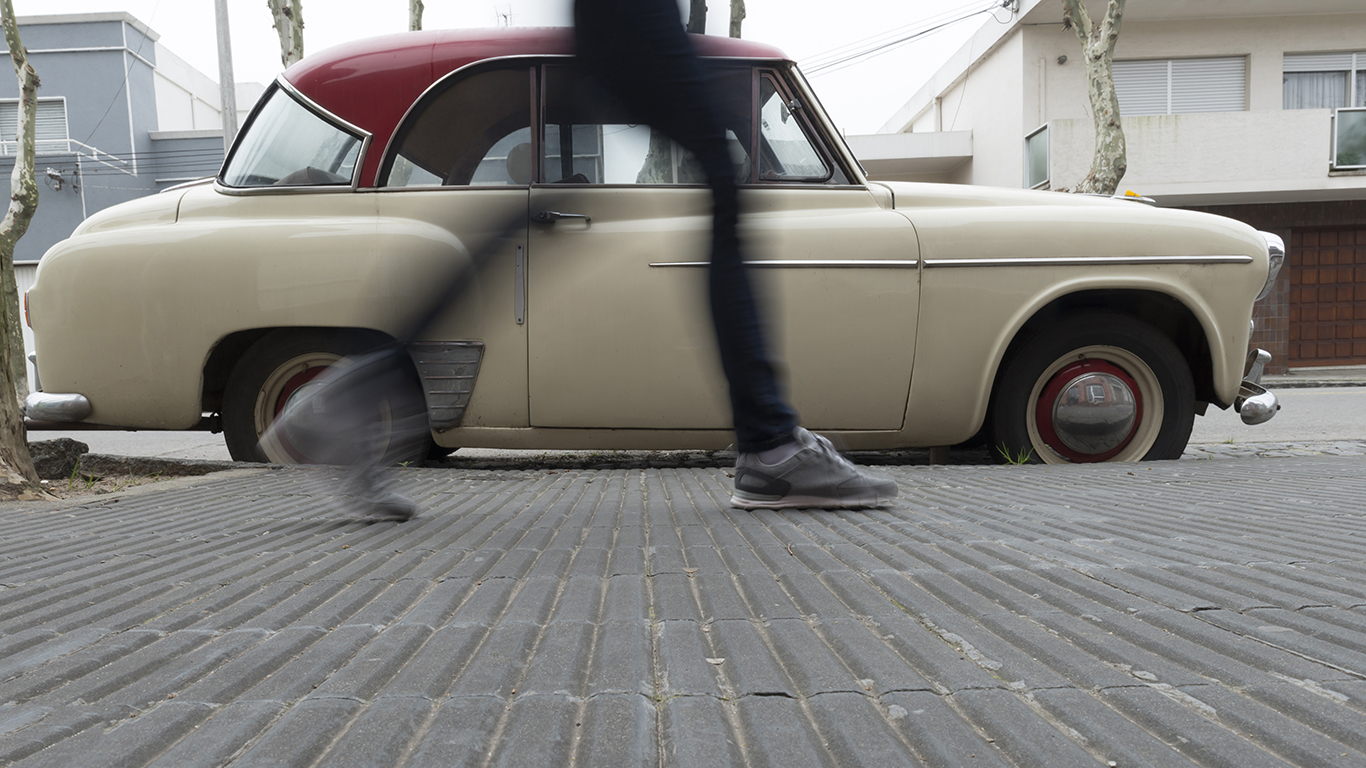
37. Uruguay: Air Kiss
The custom in Uruguay is the same for men with men, women with women, and women with men – one air cheek kiss. A prolonged hug, both between men and women, is also common.
[in-text-ad]
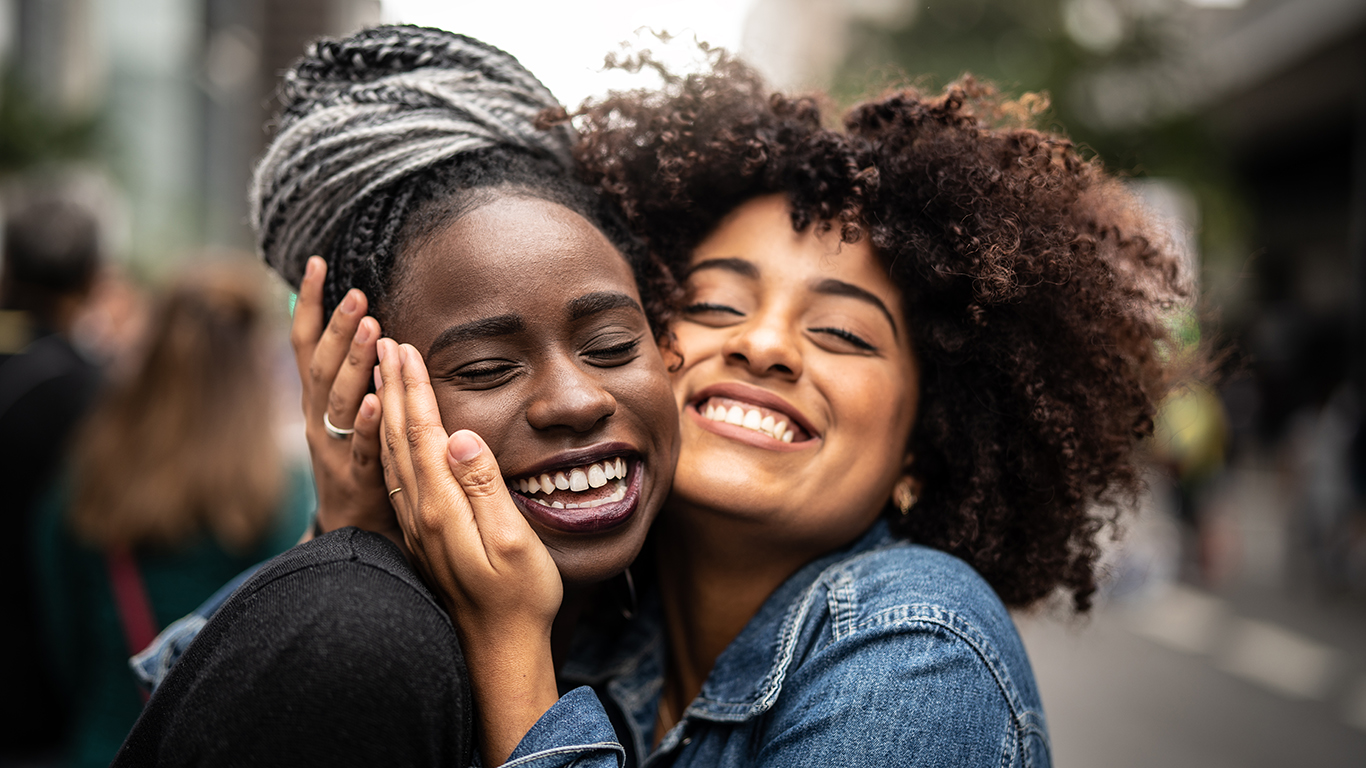
38. Brazil: Light Kisses
In Brazil, men shake hands and sometimes hug with men, especially if they know each other. Men and women say hello with a light kiss, but with just the cheeks touching lightly. This also applies to women saying hello to each other. It could be one, two, or even three kisses, depending on the region.

39. France: Kisses on Both Cheeks
French people are known to care a lot about manners. Kisses on both cheeks are a common way for friends and acquaintances to say hello. Shaking hands and saying hello or good evening is more appropriate for strangers.
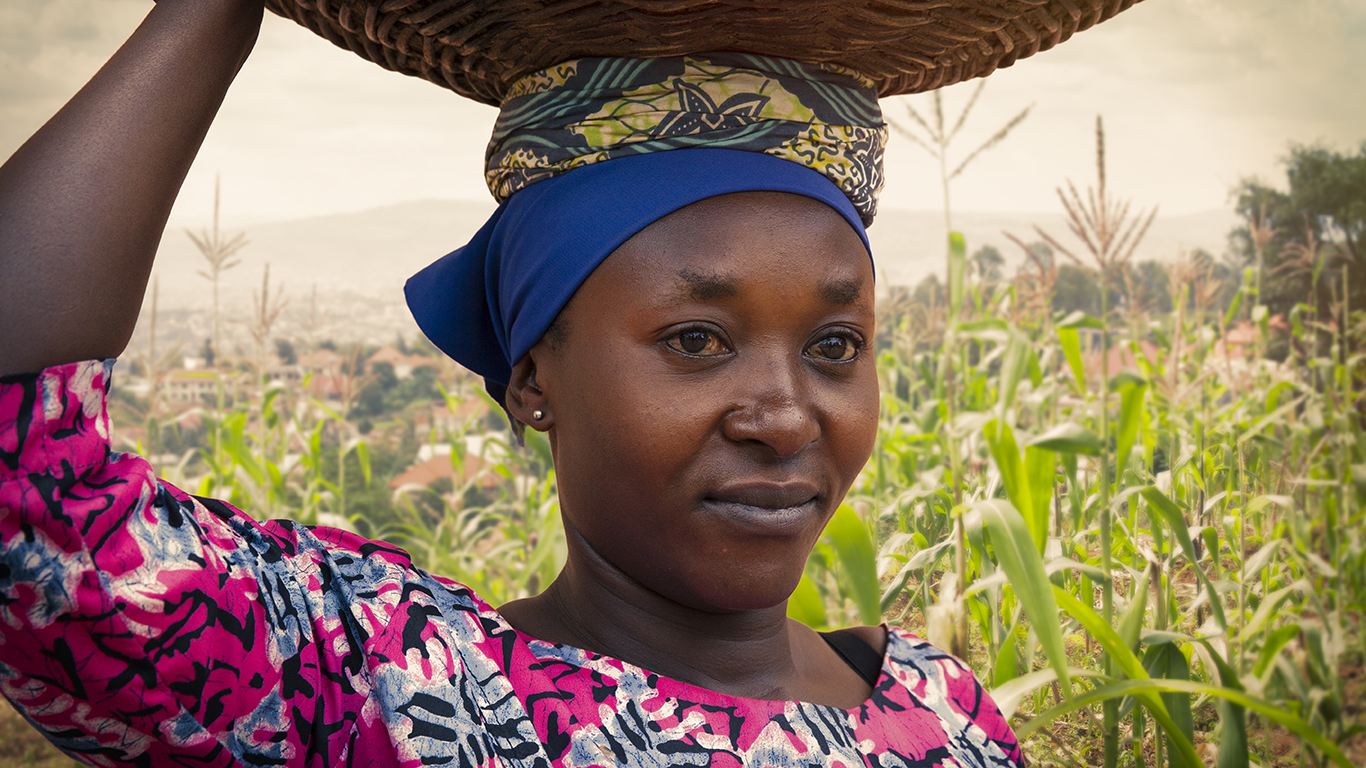
40. Rwanda: Three Hugs
A greeting almost always starts with a handshake. However, sometimes people hold hands during the entire conversation, in which case they hold both hands, and almost always for the duration of the greeting at least. Closer friends and family greet each other with three hugs, and kisses among women.
The thought of burdening your family with a financial disaster is most Americans’ nightmare. However, recent studies show that over 100 million Americans still don’t have proper life insurance in the event they pass away.
Life insurance can bring peace of mind – ensuring your loved ones are safeguarded against unforeseen expenses and debts. With premiums often lower than expected and a variety of plans tailored to different life stages and health conditions, securing a policy is more accessible than ever.
A quick, no-obligation quote can provide valuable insight into what’s available and what might best suit your family’s needs. Life insurance is a simple step you can take today to help secure peace of mind for your loved ones tomorrow.
Click here to learn how to get a quote in just a few minutes.
Thank you for reading! Have some feedback for us?
Contact the 24/7 Wall St. editorial team.